A generator is a powerful tool and can be used in many situations as a compact and efficient source of electricity. Some of the many different reasons people choose to use a generator are for natural disasters causing the need for emergency power, industrial or job site power, camping, and temporary power, concerts, and other outdoor events and powering food trucks.
When on a job site there is usually a lack of power sources required to run the power-tools needed to complete the job. Many construction workers are using tools that may require up to 30 or 50 Amps of overall power and use a generator as a power source to get the job done. On construction job sites, a power supply can be complex, and some companies will hire electricians to make sure there are no power problems or violations.
There are many natural disasters that cause the need for emergency power. Some common disasters to happen in North America are floods, tornadoes, hurricanes and winter weather storms which all have the tendency to knock out the power grid.
A more fun reason to require a generator for power is camping. When you take your RV, Travel Trailer or Fifth-Wheel out camping it is nice to have a generator, so you can power some of the small appliances inside. Things like a heater or air conditioner, your stove, microwave, fridge, and lights. If you are new to using a generator with your RV or travel trailer, read our previous blog post about Generator and RV Safety.
Concerts, farmers markets, outdoor venues, food trucks, and mobile food stands require temporary and reliable power sources. Concerts and outdoor venues require power for things like music, lights, and pyrotechnics. Each of these will require its own source of power. Typically, you don’t want to hook up music equipment and lights to one generator, this could cause an overload of power to the generator. Food trucks and mobile food stands need portable power sources to run their kitchen equipment on the go.

Since there are so many types of generators and uses for them, it is difficult to give you exact answers about which product to use for which generator and when. The best way to get the information you will need when searching for adapters to use with your generator is to contact our customer service department directly.
They are available 24/7 to help answer any questions you must help you get your products connected to ours.






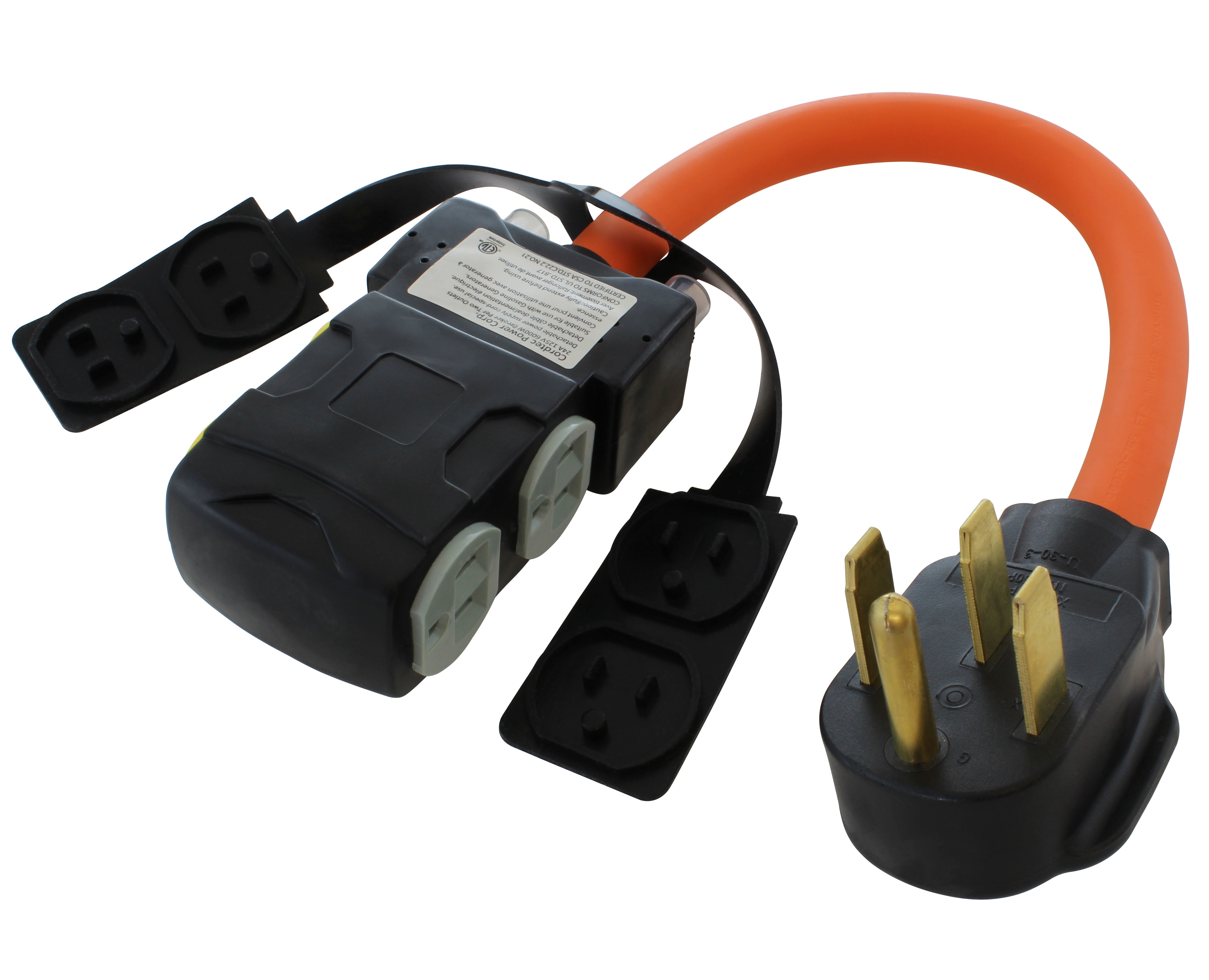
![AC WORKS® [ASINSS2PBX-G] 50A Locking 4-Wire CS6375/ SS2-50 Heavy-Duty Transfer Switch Inlet Box](http://acworks.com/cdn/shop/files/ASINSS2PBX-0_0206b362-7c90-42a5-8754-0685c13dab7e.jpg?v=1758051675&width=2500)

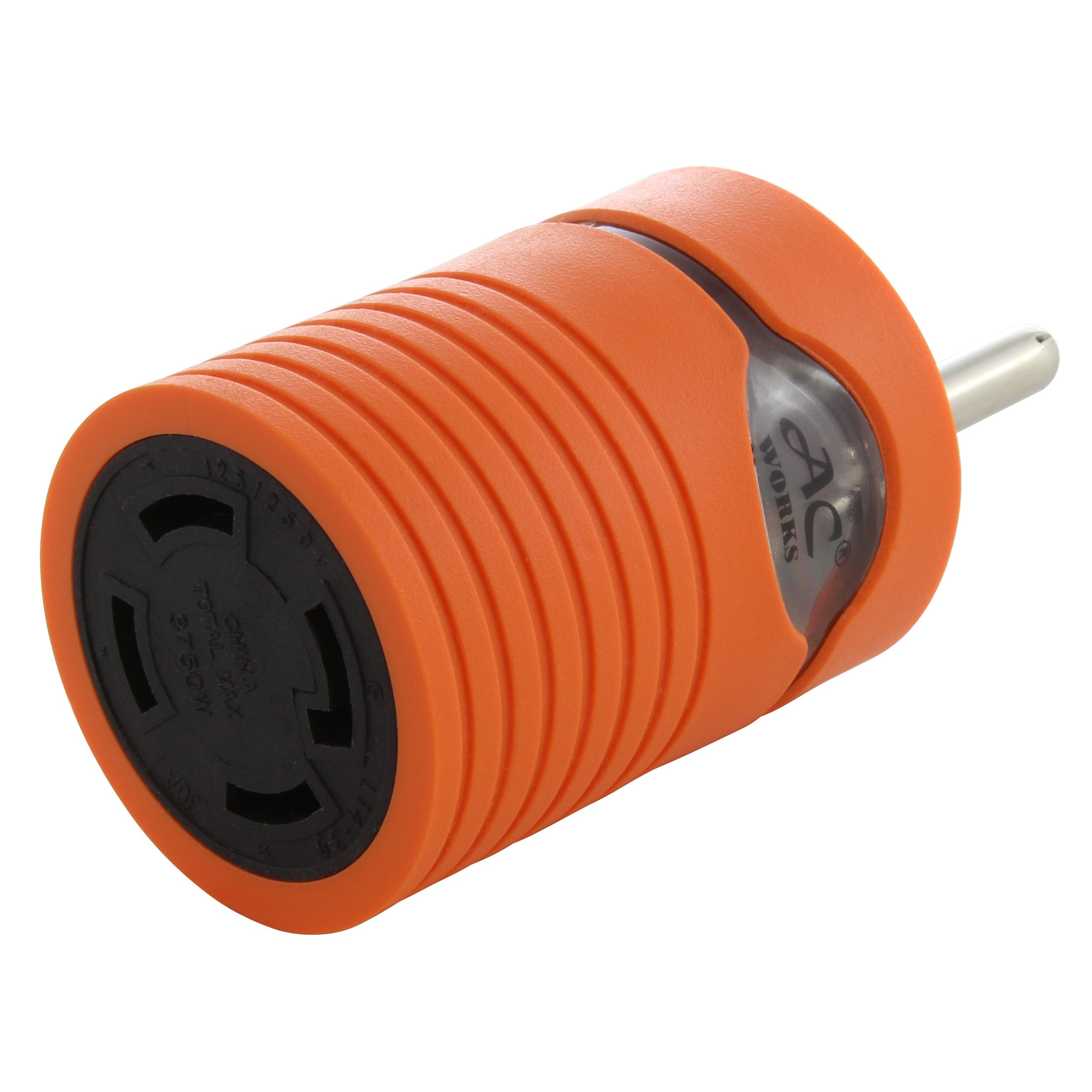
![AC WORKS® [S1430CBF520] 1.5FT 14-30P 4-Prong Dryer Plug to (4) Household Outlets with 24A Breaker](http://acworks.com/cdn/shop/products/S1430CBF520.jpg?v=1666103519&width=4656)
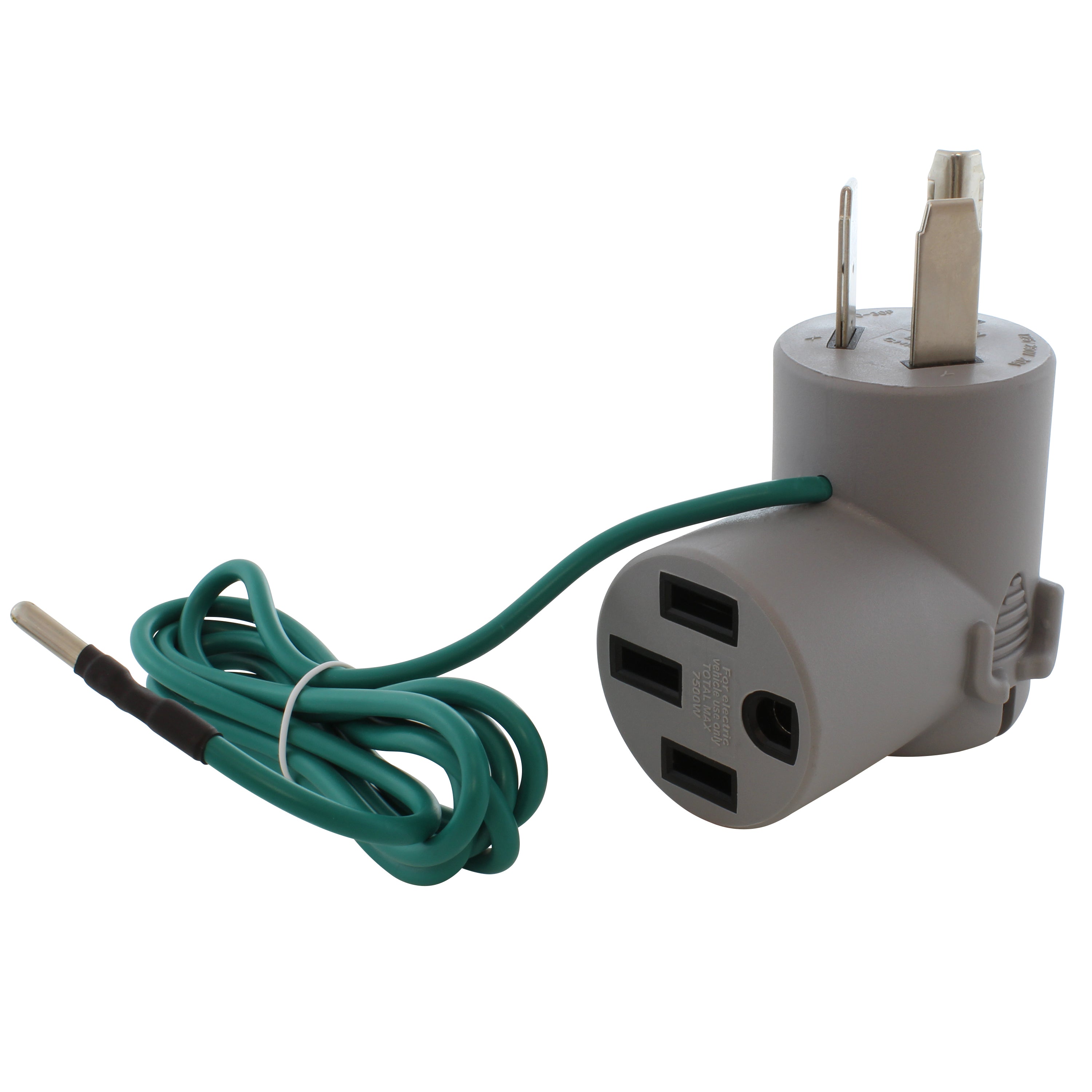
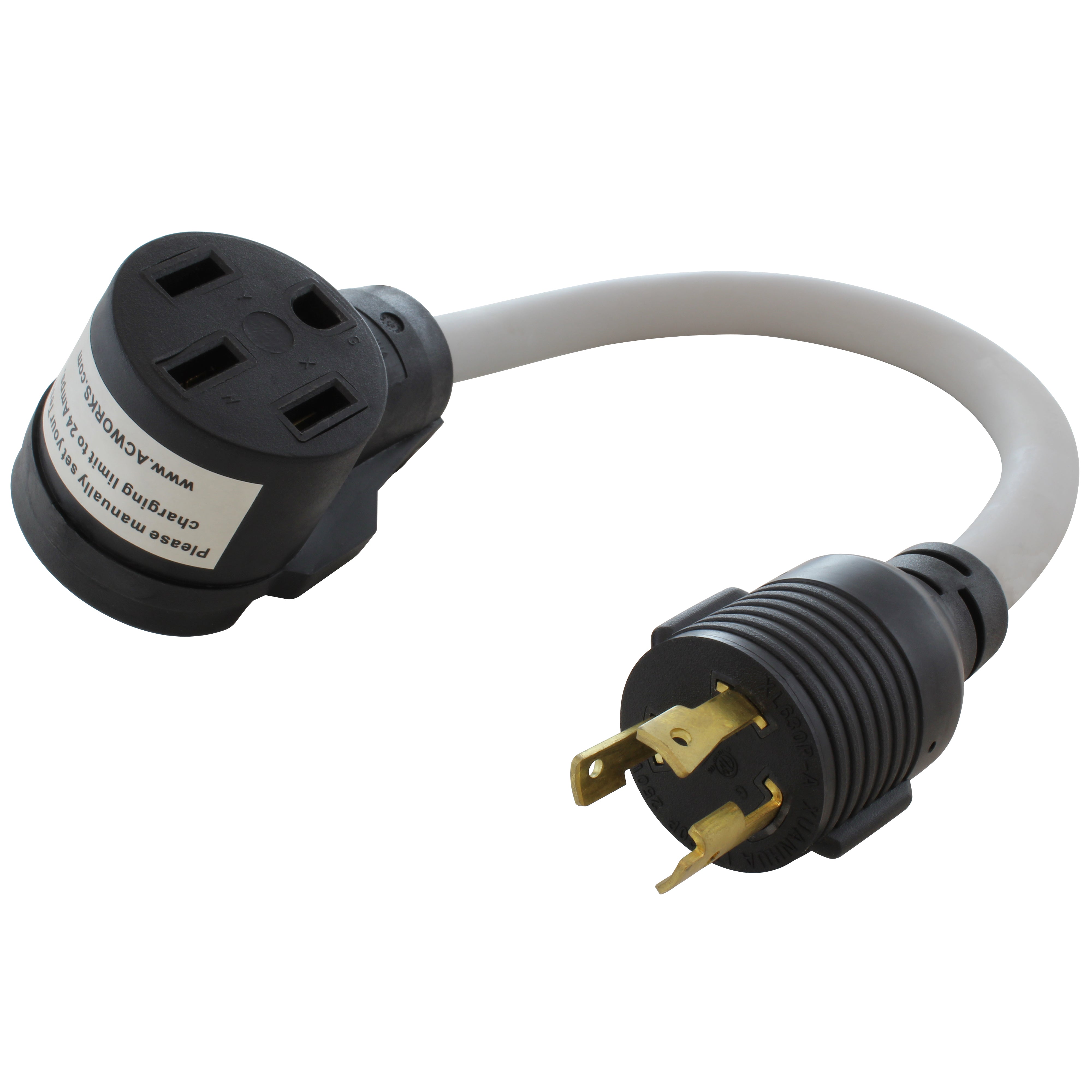
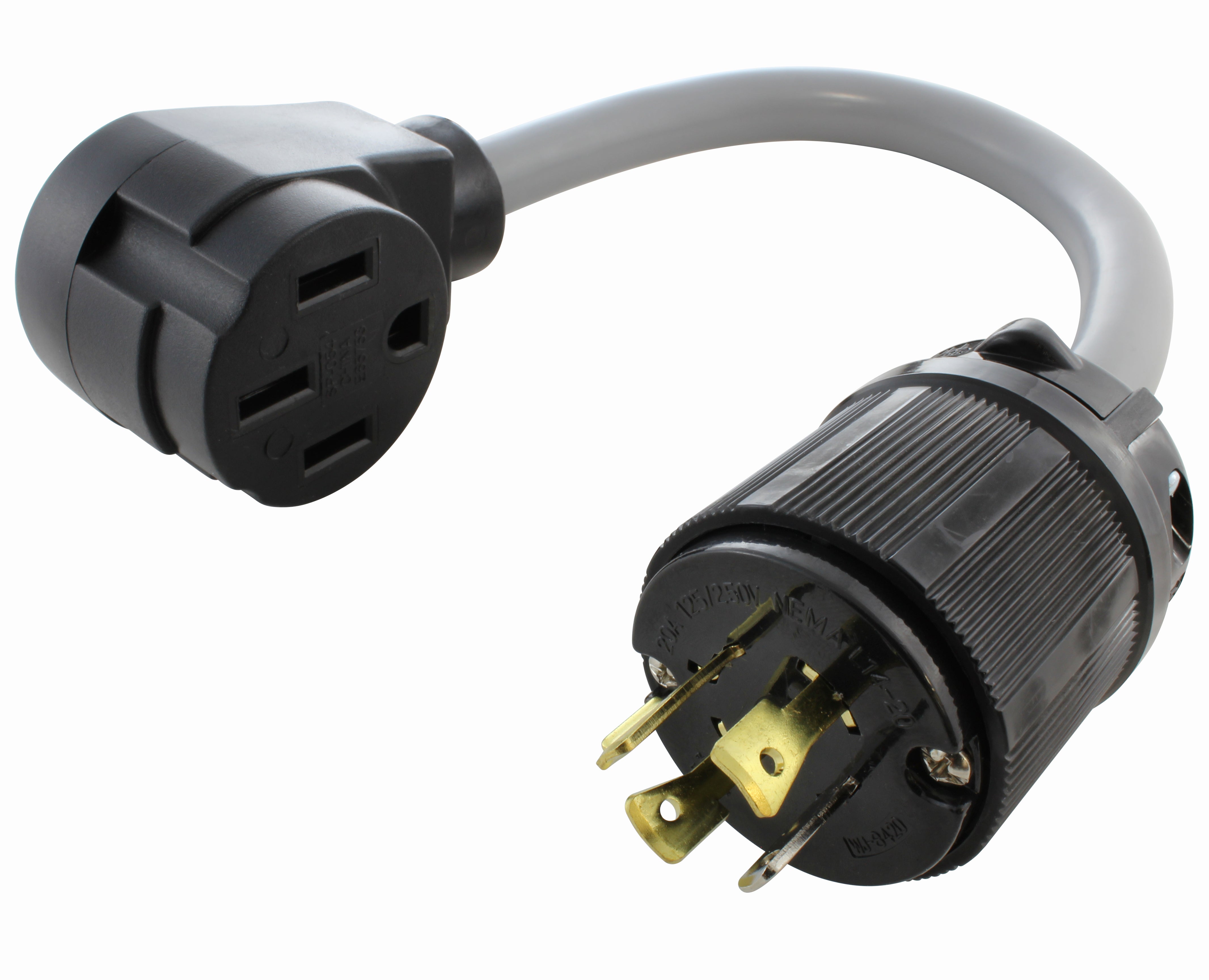

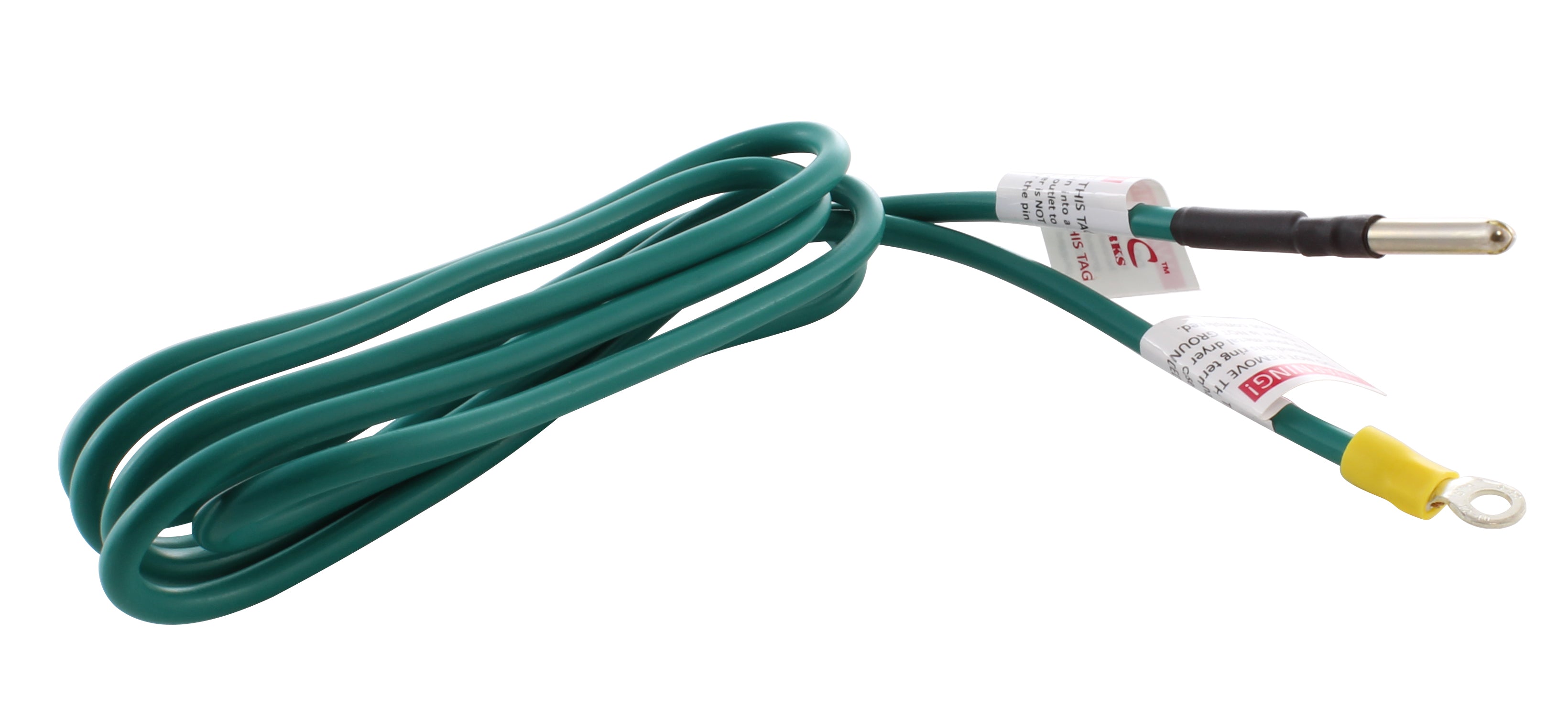

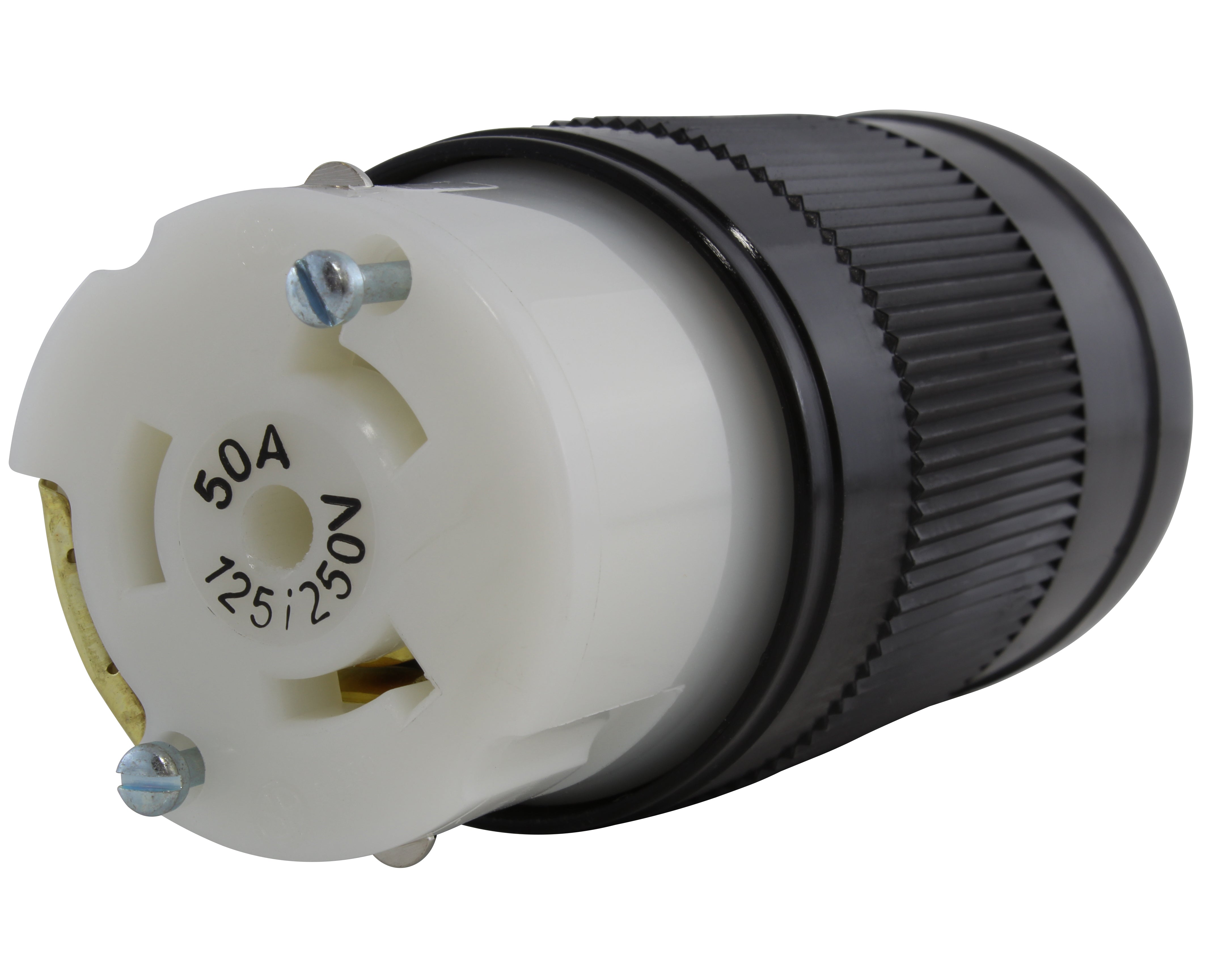

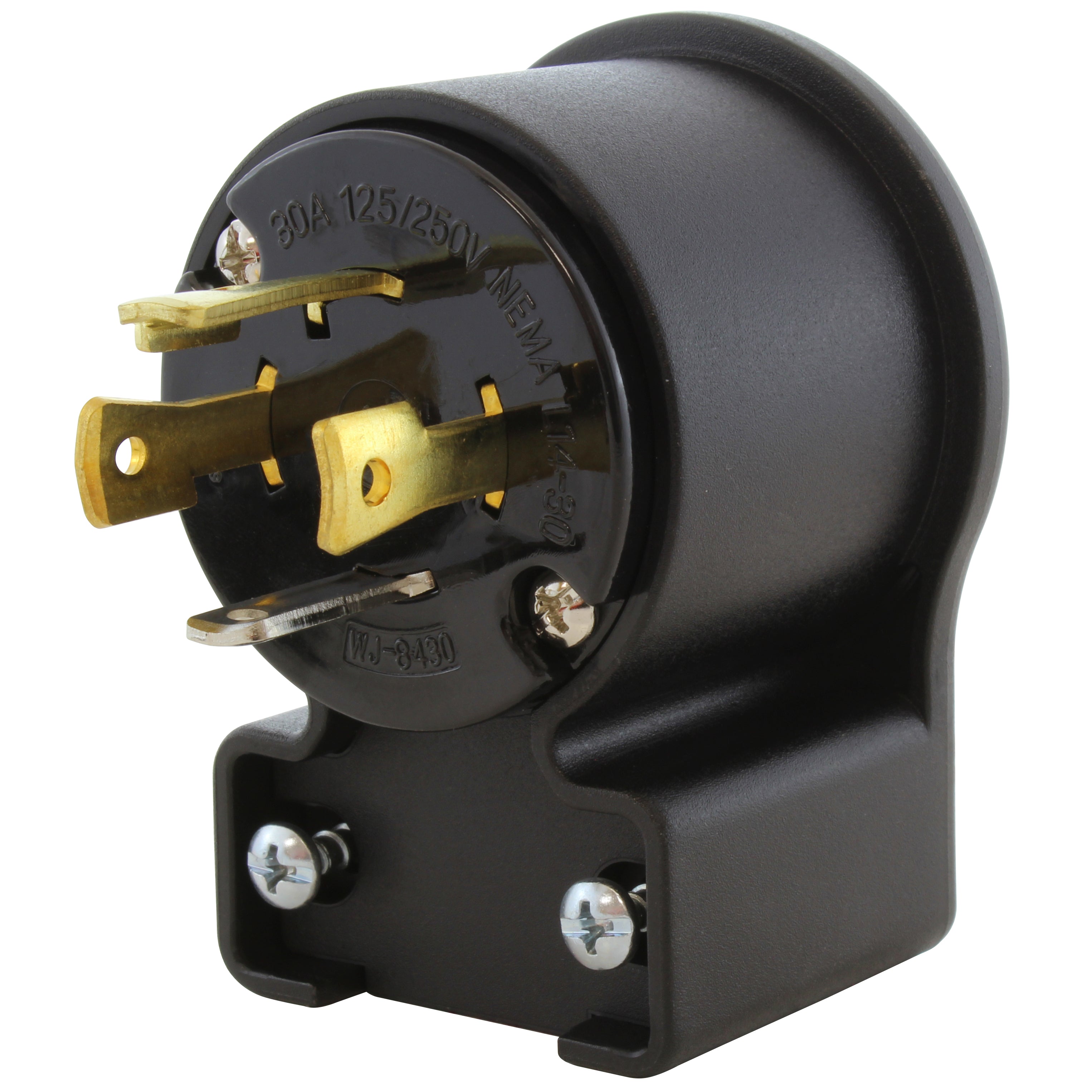
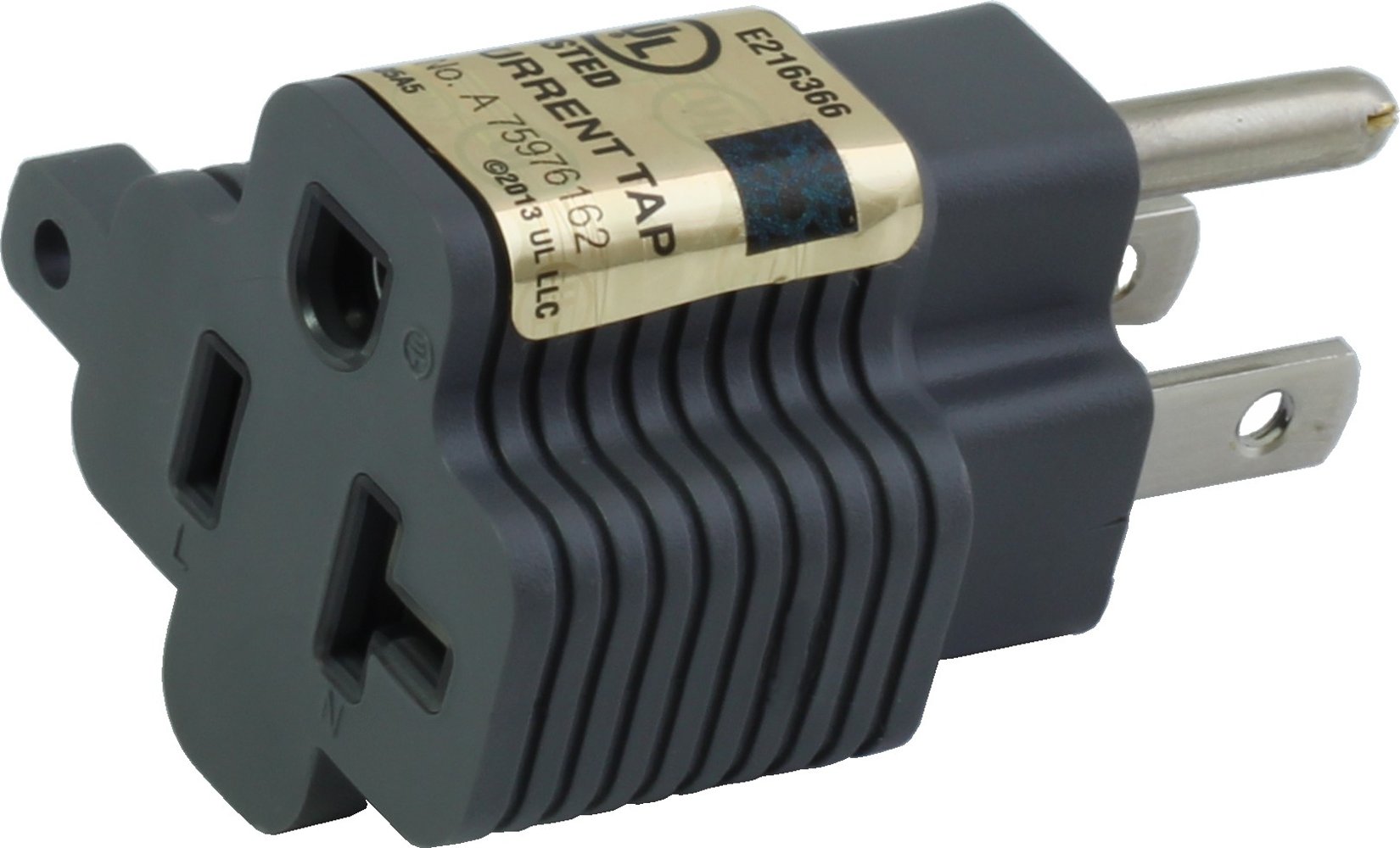
![AC WORKS® [ADV104] 3-Prong Heavy-Duty V-DUO Household Outlet Adapter](http://acworks.com/cdn/shop/products/ADV104-0.jpg?v=1605738768&width=3128)
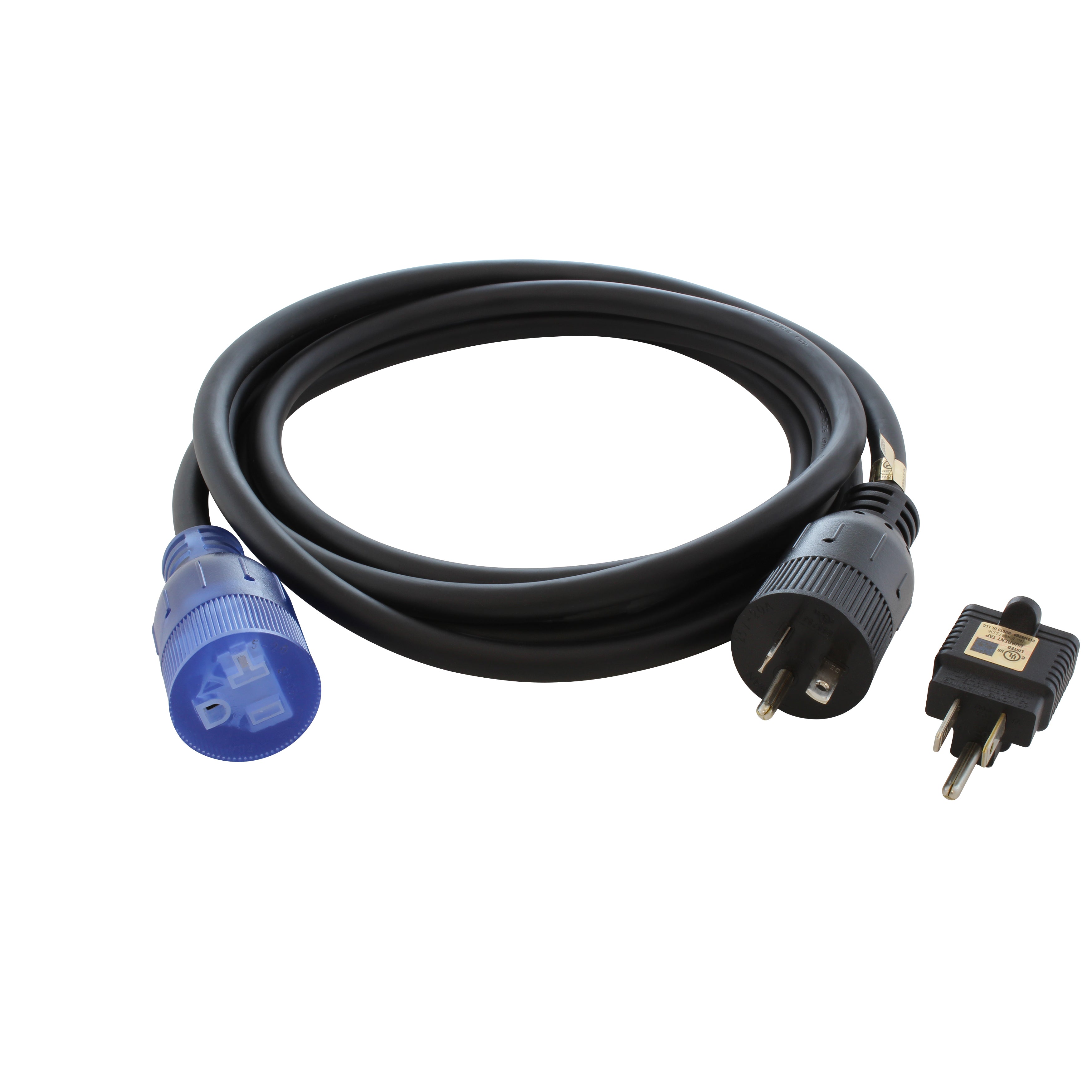
![AC WORKS® [XH515520] 15A to 15/20A 125 Volt Plug Adapter with ETL Safety Approval](http://acworks.com/cdn/shop/files/XH515520-0_daea425a-f439-48df-bb75-052167057f12.jpg?v=1729091519&width=2500)
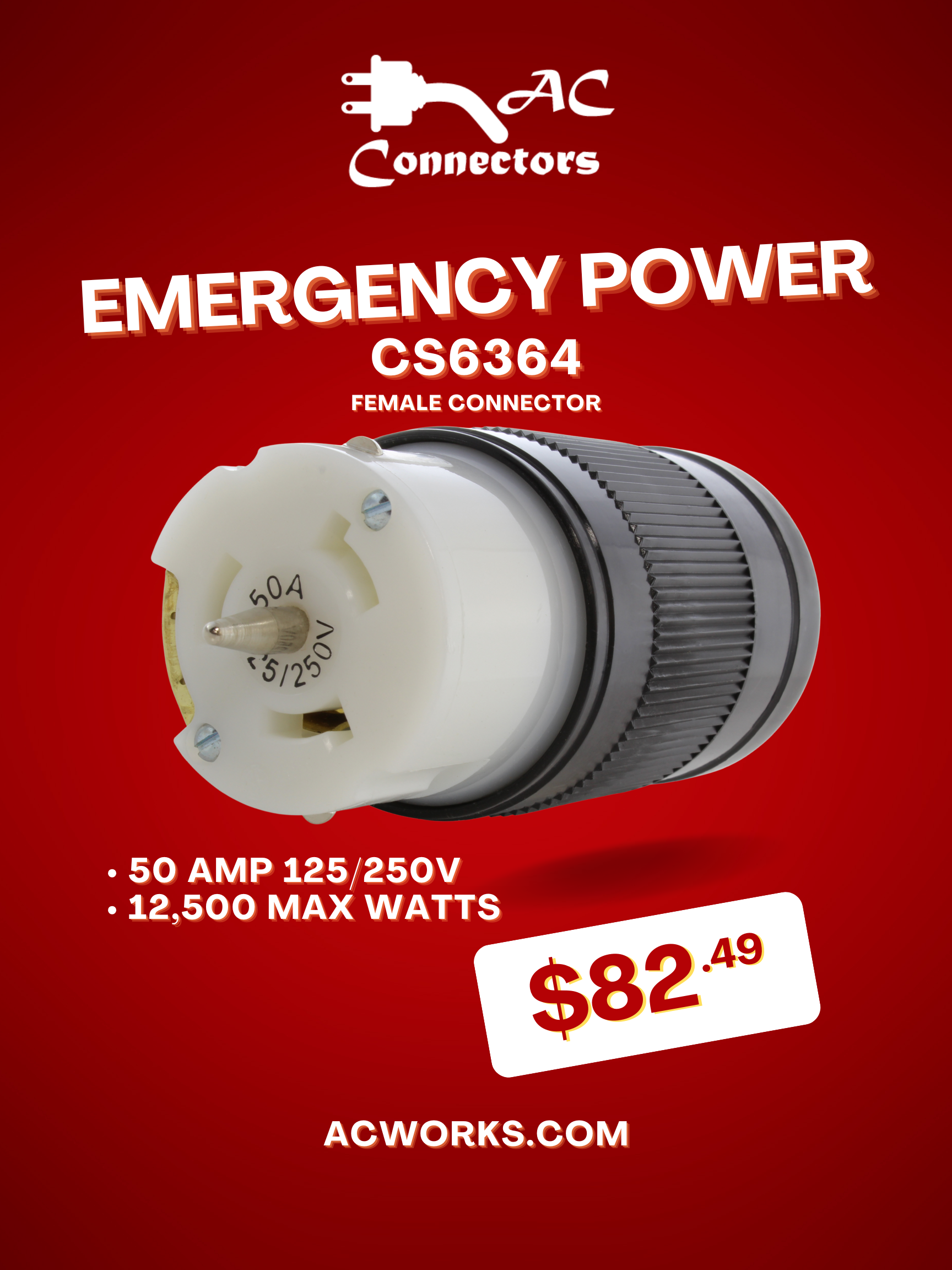


Share:
How to Power your Home After a Tornado Strikes: Part One
Generator Maintenance